The Road To Kickstarter – The Rules Of The Game
January 20, 2016 by crew
Massive Awesome is Simon Barlow and John Taylor, friends and business partners whose shared love of gaming and a desire to make something awesome prompted us to set out on our own. We are currently deep into preparation for the launch of the tabletop miniatures game Shattered Earth on Kickstarter on February 10th.
In this ongoing series – the previous entries of which you can read here (Part 5 – Telling Stories) – our aim is to write about all the steps we’ve taken along the way, and to create an ongoing discussion with the community about what it takes to launch a brand new game into the market.
11) Rule Of Thirds
Simon’s experience designing PlayStation games brings with it a lot of useful working practices which are very relevant for tabletop games. One that we are attempting to follow is a general principle sometimes referred to as the ‘rule of thirds’ (deliberately named in reference to a similar guideline for creating visual images).
The principle states that every game’s content should contain 33% that is genre standard and easily recognisable to the player, 33% that is familiar to the player but sufficiently different from what they have seen before, and 33% that is completely new.
Of course this is not a hard and fast rule; it is simply a rough guide to help your game appeal to the broadest number of players possible. And like any rule it can be broken, but only if you fully understand why it works in the first place.
The general principle is that if there is too much similarity between your game and someone else’s, players will either dismiss it or, even if they invest in it, quickly get bored. Likewise, too much perceived originality will alienate players, and is actually counter-productive. This is by far the most common mistake that first-time game designers make.
(Simon here. One piece of advice I will offer to new game designers is to dial up the middle third a bit higher than suggested; improving on an existing game mechanic or setting is a great way to start out, and will teach you more about game design than starting from scratch.)
For Shattered Earth we have stuck relatively closely to this principle. There are several concepts that will be very familiar to people, which helps players identify with your game and setting before they know too much about it. We’ve then taken some pre-existing concepts and ideas and (hopefully) improved upon them, whether that’s by giving our fantasy world historical context, or preventing players from getting tar-pitted in close combat.
Lastly, we’ve developed a handful of unique mechanics and some very original faction designs, all of which contribute towards making the game stand out. Ultimately, it is the balance of all three areas that needs to be right in order for the game to be a success.
12) Crunchiness
If you ask twenty gamers how detailed they like their rules, you’ll get twenty different answers. Some people crave a simple ruleset that they can pick up and play in a matter of minutes, whilst at the other end of the spectrum there are gamers who will happily spend multiple hours per turn recreating historical battles. How detailed a game’s rules are is often referred to as how ‘crunchy’ they are – this is effectively the depth of the game’s simulation.
The more detailed, or crunchy the rules, the more steps a player will go through in order to resolve an action. Generally speaking, historical games tend to have crunchier rules than fictional games due to the increased desire for authenticity, and therefore the greater need for accuracy in the simulation. That being said, a game should strive for authenticity regardless of its source material; creating a tangible and internally-consistent universe is paramount.
When deciding how we would simulate things in Shattered Earth, we opted for a very simple dice pool mechanic coupled with keyword-based abilities and statuses. Each action should be resolved quickly and with the minimum of fuss – we absolutely banned look-up tables for everything except game setup.
We determined that the depth of the rules should not come from the core mechanics, but from the interactions between those mechanics. It has been a far harder process to create a more combo-driven ruleset than it would have been to provide the depth within each individual rule, but that was the game we set out to make, and we have stood by our goals from the beginning.
13) Heaviness
If crunchiness represents the depth of the rules, then ‘heaviness’ represents their breadth. This essentially refers to what aspects of a conflict your game attempts to simulate, and is usually a good foil when used with simpler mechanics to provide longevity and a richer game experience.
For example, the core dice mechanic in the RPG Shadowrun is very simple, but the game provides rules that take into account things like increased recoil when firing multiple shots at the same target. Whilst there aren’t a lot of steps to go through in order to resolve an action, there are multiple aspects of the simulation that have to be taken into account before any dice are rolled.
Deciding what to simulate will ultimately come down to two things: who you are pitching the game at, and how long you expect it to last. There is also a third consideration which affects both of those, and that is the model count. It is quite possible to have a detailed simulation last only a couple of hours if the model count is low enough.
That being said, having a very crunchy set of core rules coupled with multiple areas of simulation will take a long time to resolve even with only a handful of models. When designing your game, it will help to compartmentalise each area of the simulation so that whole sections can be removed as necessary to assess their impact on the overall game.
It is worth noting at this point that the heaviness of your game should be determined after you have created a mostly-complete set of core rules. Trying to add layers of simulation to an incomplete ruleset will give you false information, and is akin to building a house on unstable foundations.
Whilst designing Shattered Earth, Simon regularly took apart entire sections of the rules and rewrote – or, in some cases, removed – them without affecting the game’s mechanics. Unlike the core rules, you can add breadth to your game even after it has been released; expansions and campaigns can expose additional facets of the simulation at a later date, providing more variety in gameplay without altering how the game is played.
If you would like to write articles for Beasts Of War then please get in contact with us at [email protected] for more information!
"...we opted for a very simple dice pool mechanic coupled with keyword-based abilities and statuses. Each action should be resolved quickly and with the minimum of fuss – we absolutely banned look-up tables for everything except game setup"
Supported by (Turn Off)
Supported by (Turn Off)
"Trying to add layers of simulation to an incomplete ruleset will give you false information, and is akin to building a house on unstable foundations..."
Supported by (Turn Off)










































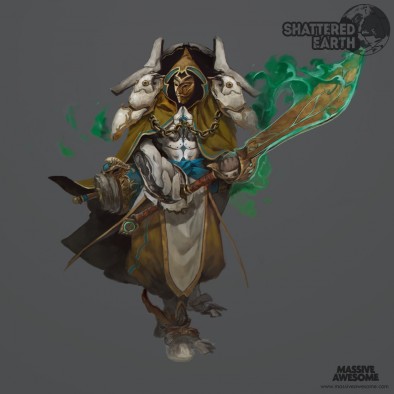
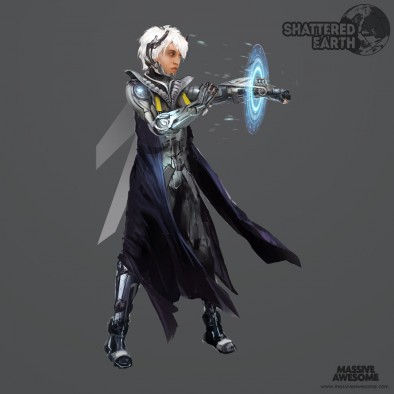
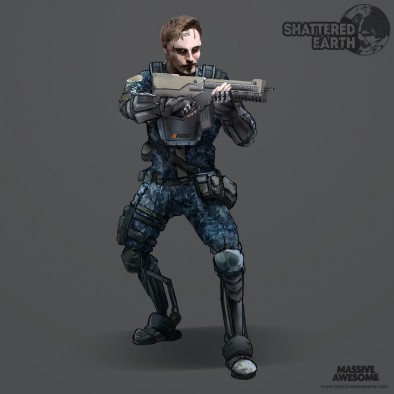

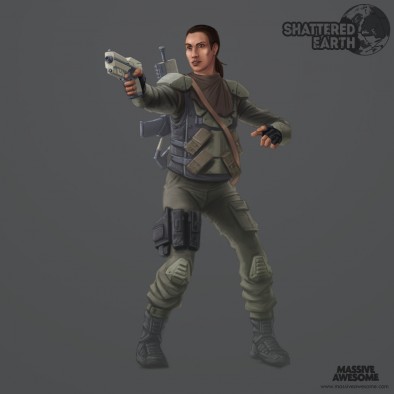
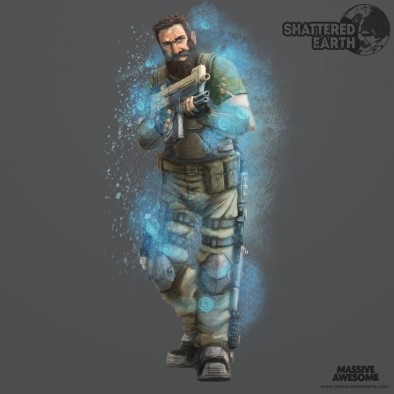


































Another great piece of info and insight guys. Keep them coming.
Much appreciated! It’s great that people are finding these articles so useful.
Yet more to tease me with! 🙂
Will the rules be available at KS launch or are you planning to release them later down the line?
We’ll release a preview version of the rules – plus all necessary downloads, including model stand-ups – during the Kickstarter. We’re actually looking to harness the power of crowd funding for what it was meant for – getting help creating the game! We’ll run a beta test for a few months after the campaign as well so that we can fine-tune the rules before they go to print. Even once printed we’ll make them freely available to download from our website – we’re aiming to make the game entirely free to play.
Good answer sir! 🙂
An excellent set of articles, business acumen, project planning, game experience, industry exposure and good solid economics. Hope I can afford to back you come Wednesday
Thanks for your kind words!